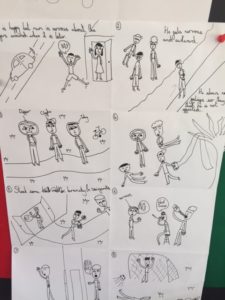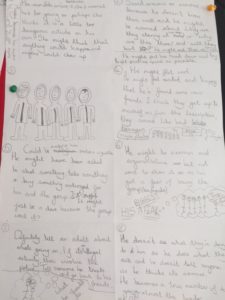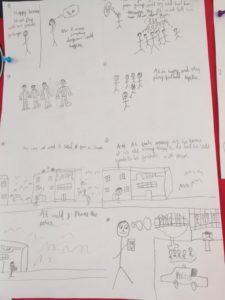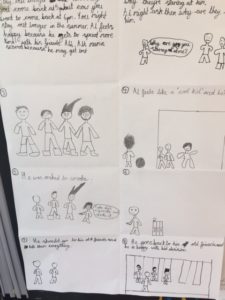Scooter safety training
Thank you to Anne from Leeds City Council road safety department who provided lots of safety advice for riding a scooter today.
The first job was to make sure we were safe to scoot by checking safety helmets were fitted correctly and listening carefully to the instructions for the training. Children then followed the playground course making sure they were keeping a safe distance between scooters.
We look forward to some of the children developing these skills in the scooter after-school club starting after half term.
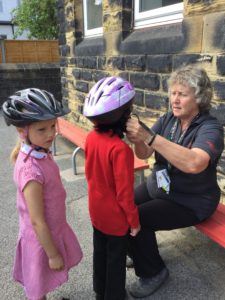
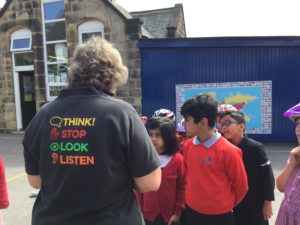
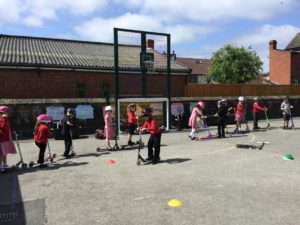

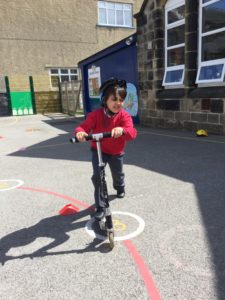
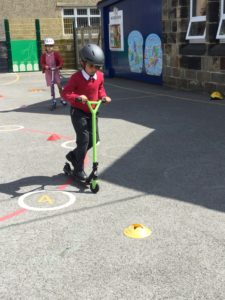
Staying Safe week so far
Our themed week has been jam-packed so far with visits from NSPCC, d:side drug education, Moortown Fire Service, Leeds City Council Road Safety team, Canal and Rivers Trust and Edinburgh Bicycle Cooperative.
Children have also worked with different classes to take part in safety carousels including food safety, sun safety, water safety, first aid, safety in the home and the importance of safety helmets.
Ask your child about all the learning they have experienced so far.
Still to come is One Day Creative (e-safety drama workshops), local PCSOs, Dogs Trust and an outdoor adventure day for Year 6 at Yeadon Tarn.
Year 5 and 6 parents are invited to watch the e-safety workshop showback at 2:30pm on Thursday.
The weather has certainly helped to encourage lots of children to travel to school in a sustainable way on foot, by bike or scooter. There are two more days to register your journey to school to be in the prize draw for vouchers for each class.
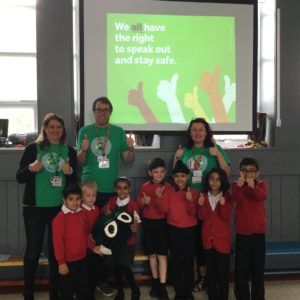
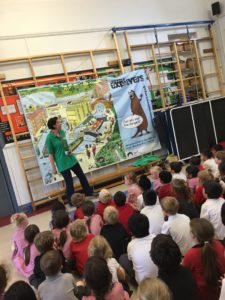
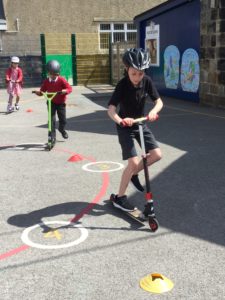
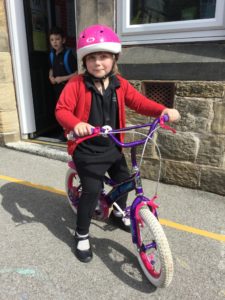
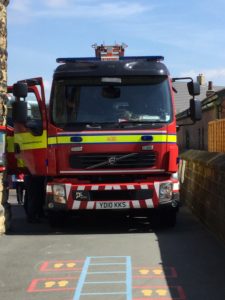
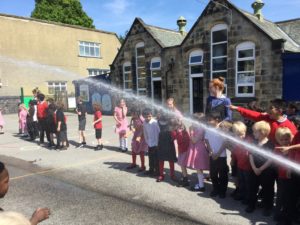
d:side
D:side, a drug education provider, have worked with all classes this week as part of our Staying Safe themed week.
In Year 2, we started by looking at similarities and differences in our appearance.
We then considered what should and shouldn’t go into our body before identifying and naming internal parts of the body. The test was could we remember their position in the body?
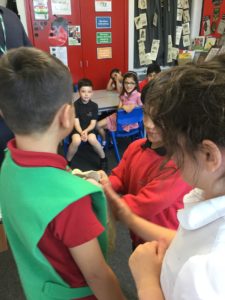
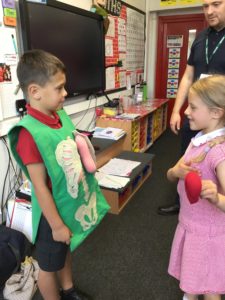
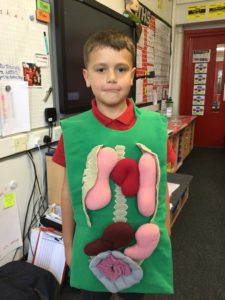
We finished our learning with a special person car wash. This was a chance for all the class to show how they value others by telling them a compliment as they passed through the ‘car wash’. The smiles show how much they feel valued!
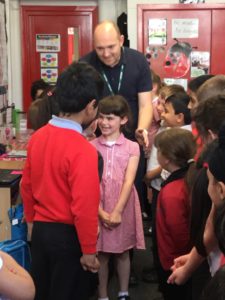
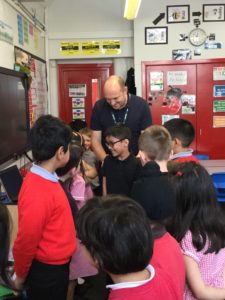
Bike maintenance with Edinburgh Bicycle Cooperative
Thank you to Mark and Jack from Edinburgh Bicycle Cooperative in Chapel Allerton who checked all the bikes at school today to ensure they were safe and road worthy.
They also delivered some bike maintenance sessions to Year 5 and 6 to make them aware of simple checks they can make to keep safe on their bikes.
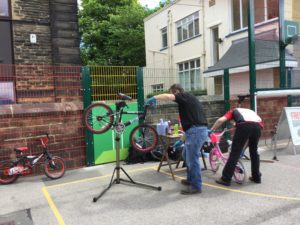
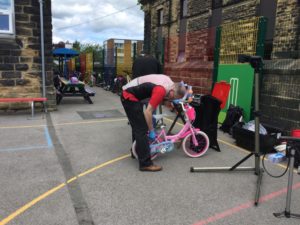

Safety week in Year 6 – Monday
It was a good start to safety week for Year 6 as we all enjoyed the carousel lessons with the KS2 teachers: water safety with Miss Lake, helmet safety with Mr Owen, first aid with Mr Catherall and food safety with Miss Rushbrooke.
We’ve also discussed how we need to be more safe as we’re moving into high school as we’ll be given more independence, travelling out and about on our own sometimes. Here are some comic strips we’ve made which consider how we might feel encountering groups of older children. They also show what we might do if we found ourselves in a similar situation.
Junior Warrior event
Total Warrior are launching a brand-new obstacle event for young people aged between 6 and 11 years old – Junior Warrior!
Total Warrior are a professional events delivery company, putting on events across the country since 2011. They are returning to Leeds for the 4th year, and are expecting over 7,500 people to join them at Bramham Park over the weekend of 24th & 25th June 2017.
In an effort to build on the success of previous years and maintain Total Warrior’s reputation as an epic adventure for all the family, the team don’t want young people stuck on the sidelines this year; they want them getting stuck in. The course will be a (approx) 2K route across the estate at Bramham, with 10 obstacles (tailor built for the age range) to tackle including walls, pipes, nets, loads of mud and an awesome water slide!
It will start and finish adjacent to the car parks and main Event Village in Bramham Park Estate, so navigation on the day will be straightforward. The course will be for children only, but will be easily accessible throughout for spectators. Volunteers and outdoor trained lifeguards (where relevant) will be on each obstacle, and volunteers will be distributed to ensure they have eyes on every section of the course.

Speak out. Stay safe.
The first visitors for our Staying Safe themed week were volunteers from the NSPCC who delivered their Speak out stay safe assembly to all children.
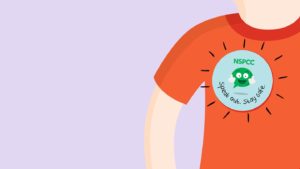
The assembly reinforced key messages about keeping safe and who children can talk to if they are sad or worried. We also met ‘Buddy’ who is their mascot.


Safe travel to school
During our Staying Safe themed week, children are encouraged to test out their learning of being safe in their local environment by travelling to school by scooter, bike or on foot. Children will be learning about road safety and the safe use of scooters and bikes as part of their learning during the week.
Plan a safe route to school, keep safe by wearing a safety helmet if biking or scooting, keep safe in the busy school grounds and safely store your scooters in the scooter pods and bikes in the storage area by Year 3 and 4.
If you do bike to school, Edinburgh Bicycle Co-operative will be running a Dr Bike event, from 8:30am on Tuesday 23 May, in the main playground. Bring along your bike for a free bike safety check (parents and carers too!).
All children who bike, scoot or walk to school during the themed week should complete the slips (available in class) each day and post them in their class tube to be in the draw for 7 x £10 Love2Shop vouchers.
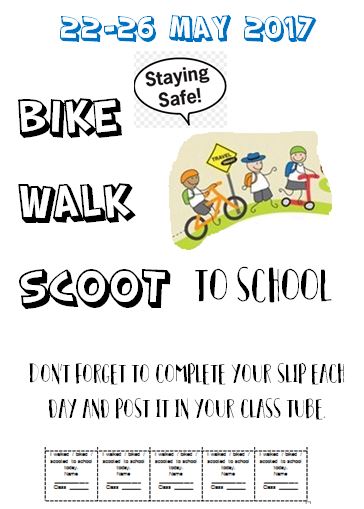
Staying Safe – how you can get involved
Our next themed week, Staying Safe, starts on Monday.
We hope you can attend our parent information sessions to support your child in their learning.
Tuesday 23 May 2.10pm-3.10pm
O2 and NSPCC online safety workshop (open to all parents), The Space
This hour-long workshop will help parents and carers understand their child’s online world and build confidence to have those important conversations that can help keep children safe online.
Wednesday 24 May 3.15pm-3.45pm
d:side informal information session (open to all parents), The Space
A d:side representative will be available to provide information about your child’s drug education learning during the themed week and answer any other related enquiries.
Thursday 25 May 2.40pm
e-safety drama show back (parents of Year 5 and 6), the hall
Following e-safety drama workshops led by One Day Creative, parents are invited to come and watch the children present their learning from the day.
A great week back after SATs
Just a quick thank you to Year 6 for coming back after SATs ready to continue learning. The children have had a fantastic week, following instructions straight away and being proactive in their learning. I hope to see this continue into their next and final half term at Moortown Primary.
Next week is Safety Week: don’t forget to come on foot, cycle or scoot and – of course – travel safely.
The children will find out their parts for the Year 5/6 production on Monday so we’re also looking forward to getting rehearsals underway next week, too – squeezing them in around the many wonderful thing Mrs Taylor has organised for the themed week.
